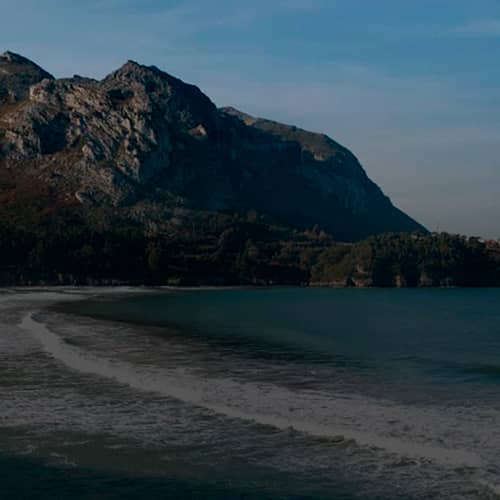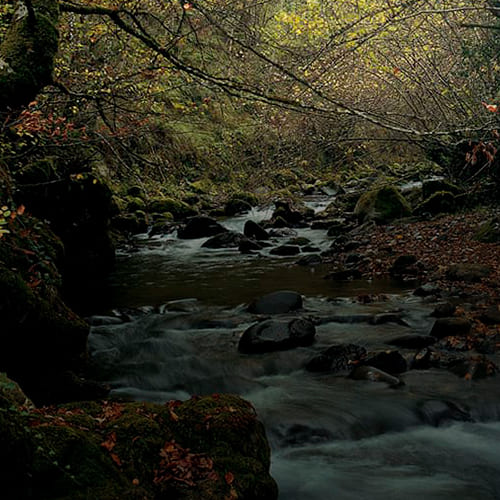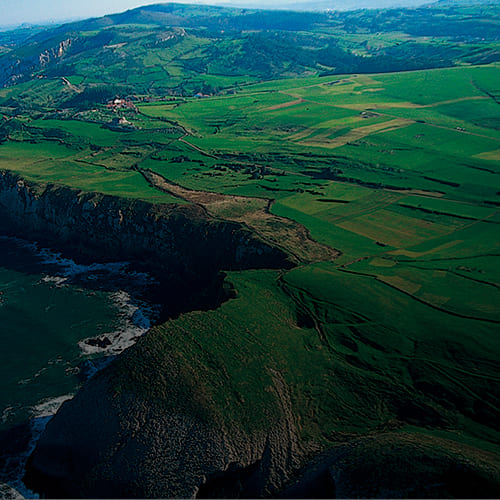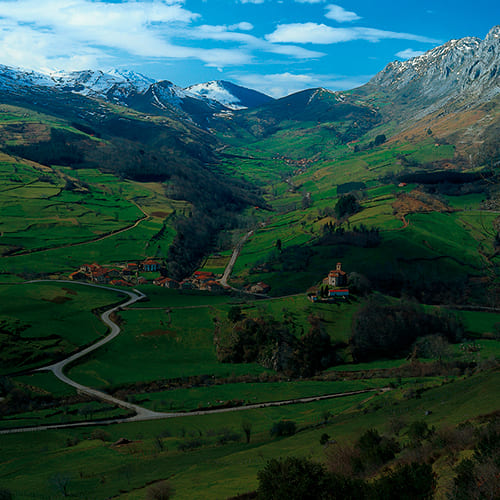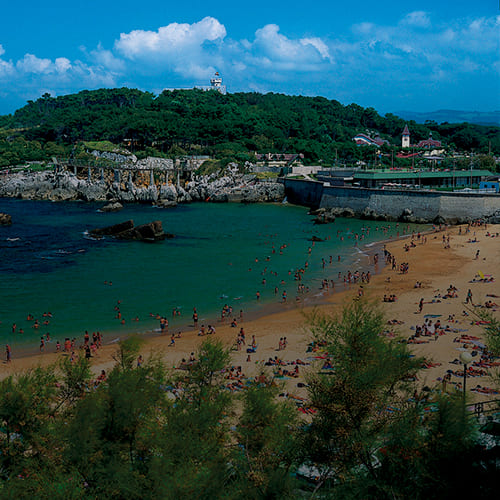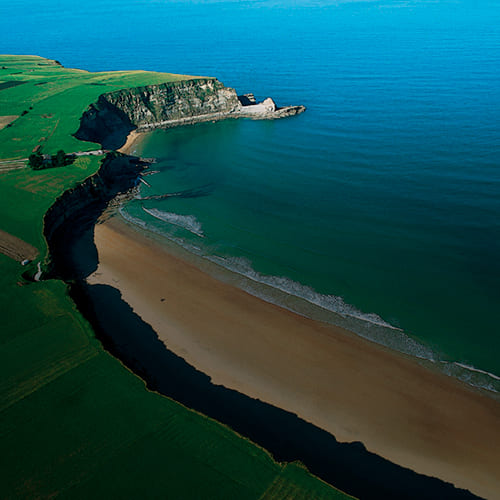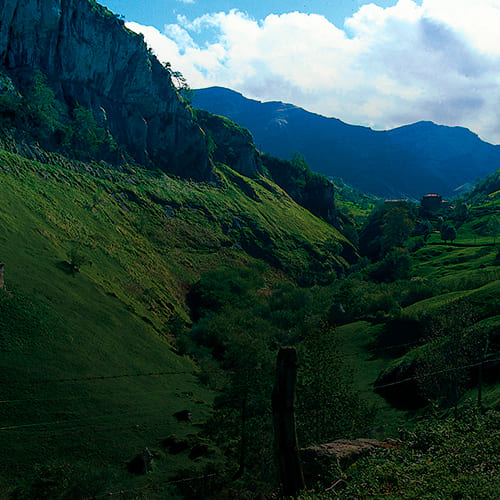Liébana
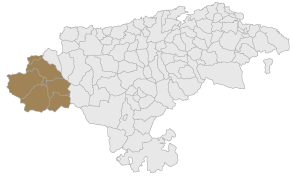
Excellent destination for rural tourism
Liébana is one the most renowned holiday destinations in Cantabria. It is surrounded by high mountains, has a great scenic value and benefits from a benign climate. It is a traditional location for rural tourism, due to its charming villages that have known how to preserve their authentic character. The owners of the numerous hospitality establishments in the area have recognized the importance of keeping the coherence with the traditions of Liébana.
Liébana is divided into several valleys, the most populated of which is Val de Baró, at whose upper end we find the mountain station of Fuente Dé. From there, a cableway climbs down nearly a thousand metres to the Mirador del Cable, a viewpoint worth visiting to feel close to the grandness of Picos de Europa. Numerous routes start from this point, like the one that takes to the Áliva Hotel, a former mountain hut and state-run tourist hotel, and an essential stop in the district of Liébana to enjoy, at least for one night, touching the sky and the stars.
You will enjoy nature
You will enjoy nature
Liébana, straddling between the National Hunting Reserve and the National Park of Picos de Europa, is an excellent place to enjoy nature. It is the habitat of diverse species of which there are few specimens left, such as the chamois, the golden eagle, the grouse or the bear. There is a predominance of oak, holm oak and beech tree woods. The rivers, meanwhile, are well-known for their trout. Forest tracks, country roads and rather a lot of trails, some of them very well marked, are a permanent invitation to go on walks and long hikes.
Culture and pilgrimage
Its historical and artistic heritage has some elements of great interest, such as the 10th-century Mozarabic church of Lebeña and the 11th-century Romanesque monastery of Piasca. In the monastery of Santo Toribio de Liébana we find the relic of the Lignum Crucis, the biggest preserved fragment of the Holy Cross. The monastery was founded upon the mount of Viorna during the 6th century, although the present church is from the 13th century. At this monastery, in the 8th century, lived and wrote his work Beato de Liébana, author of «Commentaries to the Apocalypses», an important example of medieval thought and an artistic treasure due to its polychromatic illustrations. Santo Toribio is, together with Jerusalem, Rome and Santiago de Compostela, one of the four sacred places of Christian pilgrimage.
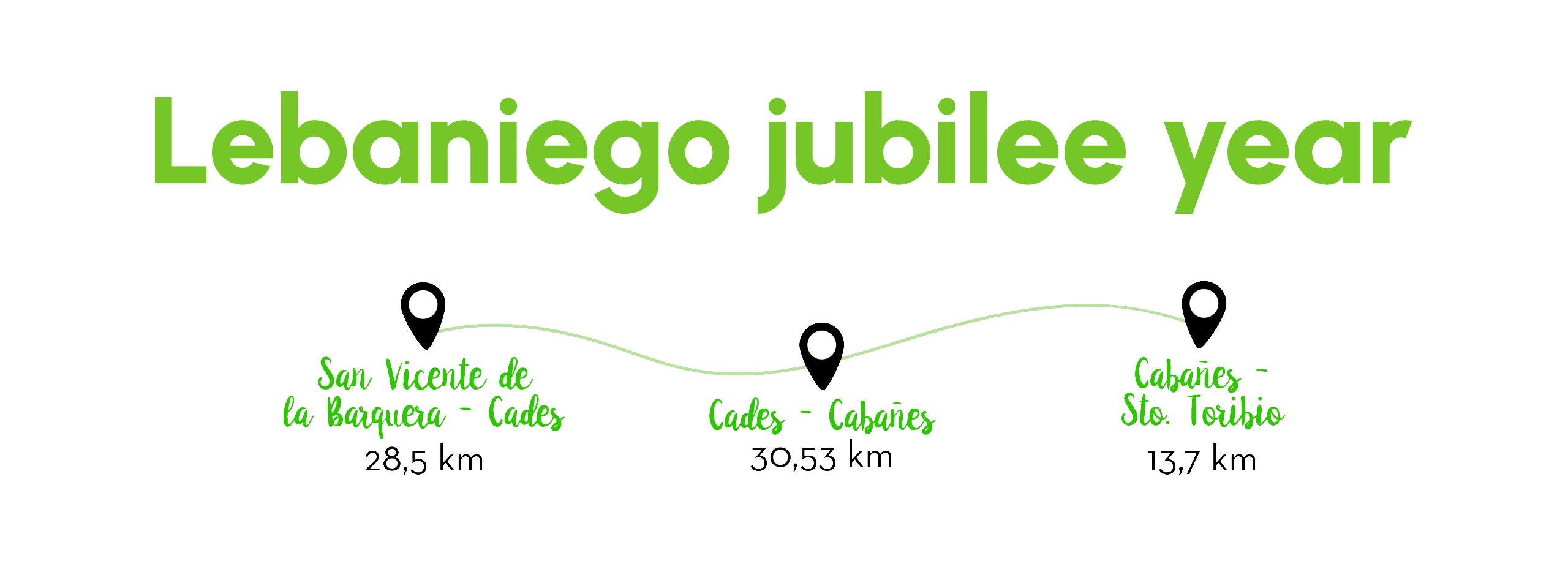
In 2023 we are commemorating the 74th Liébana Jubilee Year. On April 16 the Door of Forgiveness of the Monastery of Santo Toribio de Liébana was reopened. Additionally, it should be noted that on April 14, 2024, the Door of Forgiveness will be closed.
The Liébana Jubilee Year is the zenith of the «Land of Jubilee»: but it need not be a Jubilee Year to undertake a pilgrimage to Santo Toribio de Liébana and live the experience of the Lebaniego Way. As has been the case since the Middle Ages, each symbolic closing of the Door of Forgiveness does not mean, in either event, the closing of the doors of the activity until the next Jubilee.

One can come to venerate the “Lignum Crucis” in every conceivable way, but, if one wishes to do so walking to be an excellent “cruceno” pilgrim, all the information is available here: www.caminolebaniego.com
If at some point you decide to undertake the Lebaniego Way it is important to know that in every Jubilee Year there are certain conditions to be met in order to obtain the “Jubilee grace”, or what is known as the plenary indulgence, the forgiveness of all sins.
These conditions are as follows:
1: One is asked to pray,
- The Our Father (as a sign that one returns to God the Father).
- The Creed (as a renewal of our faith).
- A prayer for the Pope (Our Father, Hail Mary, Salve Regina).
2: One must confess,
- Confession and communion on the same day or at a later date (15 days before or after the pilgrimage).
3: Attend the «Pilgrim’s Mass«,
- Mass which is held every day at 12 noon in the Monastery of Santo Toribio, throughout the Lebaniego Jubilee Year.
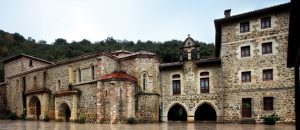
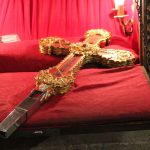
As with every Holy Year, the Government of Cantabria organises a series of religious and cultural activities, intended at highlighting the historical, social, political and religious importance of the region of Liébana, with the Monastery of Santo Toribio as the focal point. In this link one can discover the entire programme of this Lebaniego Jubilee Year in Cantabria.
The end of the Lebaniego Jubilee Year (15 April 2024), does not mean for the region of Liébana the closing of the doors of salutation, but, adding this renewed value to its already numerous resources, the doors must be kept constantly open for anyone who wishes to discover this region enjoying the legacy, heritage and values which make this region of Cantabria our “Land of Jubilee”.
2023 is the perfect year to experience the Lebaniego Way and discover the Monastery of Santo Toribio de Liébana and the Lignum Crucis.








